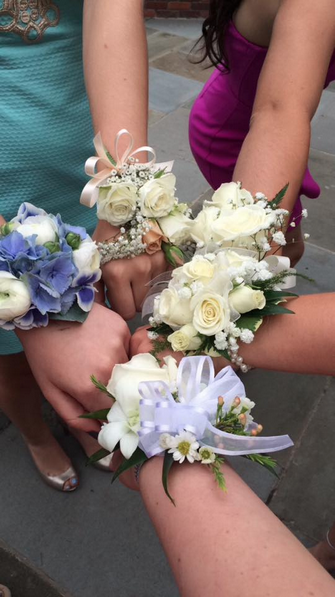What’s up with that

Prom dances with ridiculousness, flirts with absurdity
According to a survey done by Visa, the average Northeastern prom-goer spends $1,104 on each dance. With that kind of money, you could spend a sun-kissed long weekend on the beach in Florida. With that kind of money, you could buy 25 designer bikinis for that trip in Florida, if you were so inclined. With that kind of money, you could purchase 90 bottles of Neutrogena Ultra Sheer Body Mist sunscreen to protect you from those harsh Floridian UV Rays (and yes, I did just do all that math).
But come springtime, you’ll find thousands of teens turning down soft yellow sand for soft yellow silk and bright blue ocean for bright blue beads. While feeling like a prince or princess for a night may be worth a royal amount of money, I can’t help but wonder, what’s up with that?
Proms originated in wealthy colleges in the late 1800s, and are kin to debutante balls. The name comes from “promenade,” the introduction, through dance, of guests at a party.
At first, they were fancy but small affairs— perhaps the evening could only afford you 50 bottles of sunscreen, or 15 bathing suits. In fact, proms didn’t take off until the 1950s, when the booming postwar economy pushed everything towards the direction of bigger, better and more expensive.
Since then, proms have grown to rule American teen culture, and students strive for the best outfits, dates and venues. Unfortunately, while the Staples courtyard is great, it probably doesn’t beat President Gerald Ford’s daughter’s prom in 1975, which was held at the White House.
According to the Visa survey, the trend of intense prom planning and spending is beginning, slowly but surely, to decrease. Come future proms, hopefully we can boogie back to the dance’s low-stress roots (and maybe even save a penny or two for the Travel Fund).
Sarah Sommer ’16, page editor and active member of the Inkling community, is participating in Inklings for her second year in a row. “I love being...
















































